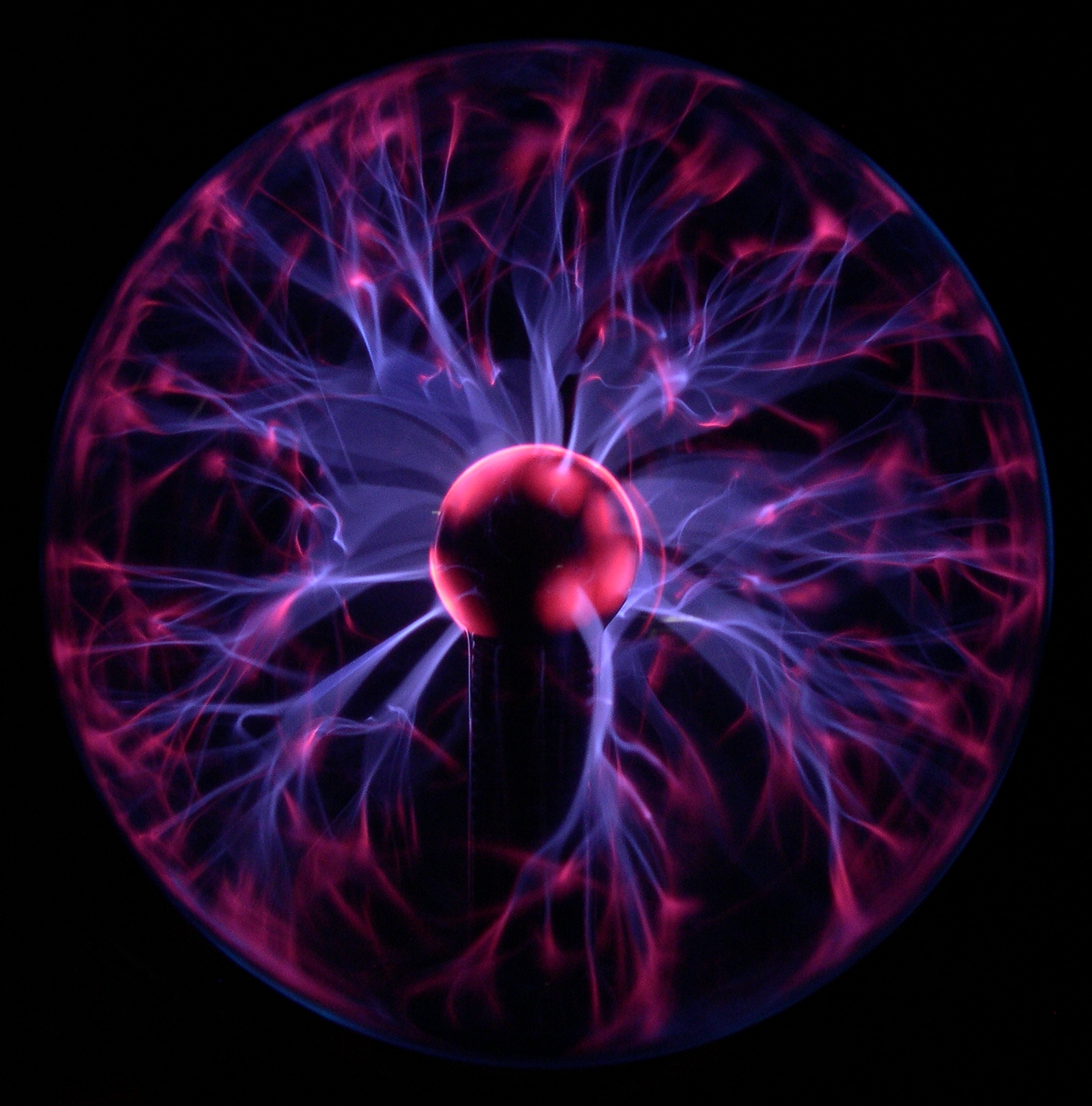Back in 2006, the International Astronomical Union (IAU) demoted Pluto from a planet to a dwarf planet, kicking the heavenly body off future classroom posters and Solar System models. Despite the ire of several thousand children who call it their favorite planet, scientists have made it clear ever since that Pluto really does belong with the rest of the outer Solar System bodies rather than with the planets like its orbital neighbor Neptune.
Of course, we haven’t stopped locking our curious eyes onto the cold world despite its demotion. Ever since the New Horizons space probe flyby back in 2015, we’ve had our most detailed description yet of Pluto’s surface, revealing key features in both its surface and atmosphere.
That still certainly appears to be the case now, especially given the recent revelations scientists have uncovered about the odd ex-planet. A study presented at the 53rd Annual Meeting of the American Astronomical Society Division for Planetary Sciences revealed that Pluto may actually be “losing” its atmosphere, but not in the way you think; scientists actually believe that Pluto’s atmosphere is freezing itself into solid form, and thus falls to—and remains on—its surface. This would be similar in process to those which formed some of its surface features, like the frozen plains of Tombaugh Regio, known as “Pluto’s heart.”
Scientists measured this apparent loss of Pluto’s atmosphere by the characteristics of the light that reached Earth, after starlight from one of the stars up in the sky was blocked by Pluto as it passed through. “Scientists have used occultations to monitor changes in Pluto’s atmosphere since 1988,” according to Dr. Eliot Young, a researcher from Southwest Research Institute.
Dr. Young continued: “NASA’s New Horizons mission obtained an excellent density profile from its 2015 flyby, consistent with Pluto’s bulk atmosphere doubling every decade, but our 2018 observations do not show that trend continuing from 2015.”
Pluto’s atmosphere is predominantly composed of nitrogen gas, much like our own Earth; unlike our planet, however, Pluto’s is supported by the vapor pressure of all the ice on its surface. This means that Pluto’s atmospheric density is quite sensitive to temperature changes on its surface—which, naturally, would also change should its orbit push it farther out from the Sun.
Past studies on Pluto’s surface revealed that it had been receiving less and less sunlight, yet its atmospheric density and surface pressure continued to increase—a phenomena scientists call thermal inertia.
Dr. Leslie Young, a fellow researcher from the Southwest Research Institute, likens this to how sand on a beach stores heat from the Sun hours after its peak at noon, making the beach sand hottest during the hours of late afternoon.
Dr. Young continued: “The continued persistence of Pluto’s atmosphere suggests that nitrogen ice reservoirs on Pluto’s surface were kept warm by stored heat under the surface. The new data suggest they are starting to cool.”
These results seem to align with previous analyses on the former planet back in 2019, which showed that Pluto may be nearing its own version of winter. At that point—around the year 2030, according to a study published in the journal Astronomy & Astrophysics—Pluto’s entire atmosphere will have entirely collapsed, freezing into ice and depositing onto its surface.
And, as a reminder: Pluto takes 248 Earth years to complete one orbit around the Sun, so a season that lasts some three (3) Earth months will likely last for far longer out in Pluto’s neighborhood.
(For more news on our planetary (or non-planetary) neighborhood, read about our coverage of how a younger Mars was shaped by volcanic supereruptions, and follow it up with our piece on how our own Moon was similarly shaped by impacts during its infancy.)
References
- 53rd Annual DPS Meeting. (n.d.). American Astronomical Society. Retrieved October 20, 2021, from https://aas.org/meetings/dps53
- In 11 years, Pluto’s atmosphere will be completely frozen solid. (n.d.). Futurism. Retrieved October 6, 2021, from https://futurism.com/the-byte/11-years-pluto-atmosphere-completely-frozen
- Meza, E., Sicardy, B., Assafin, M., Ortiz, J. L., Bertrand, T., Lellouch, E., Desmars, J., Forget, F., Bérard, D., Doressoundiram, A., Lecacheux, J., Oliveira, J. M., Roques, F., Widemann, T., Colas, F., Vachier, F., Renner, S., Leiva, R., Braga-Ribas, F., … Howell, R. R. (2019). Lower atmosphere and pressure evolution on Pluto from ground-based stellar occultations, 1988–2016. Astronomy & Astrophysics, 625, A42. https://doi.org/10.1051/0004-6361/201834281
- Sci-News. (2021, October 5). Pluto’s Nitrogen Atmosphere is Condensing as Dwarf Planet Moves Away from Sun. Sci-News. http://www.sci-news.com/space/plutos-condensing-nitrogen-atmosphere-10134.html
- Strickland, A. (2019, April 29). Winter is coming to destroy Pluto’s atmosphere by 2030, study says. CNN. https://www.cnn.com/2019/04/29/world/pluto-atmosphere-disappearing-scn/index.html











